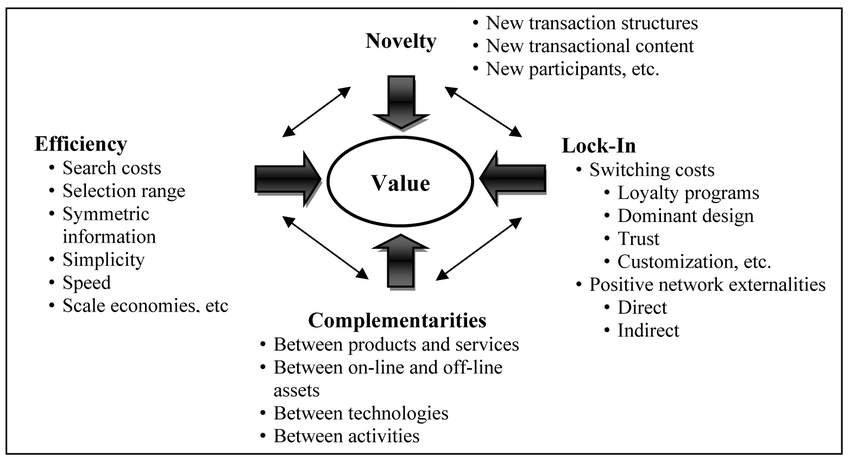A Value Creation Model For Advisory Firms





by Tony Vidler ![]()
![]()
![]()
 Challenging times test whether we are truly delivering value, and whether we have a good value creation model for the advisory firm. Is the practice focussed upon the areas where it can improve in its value delivery to clients…does it even know which areas they are?
Challenging times test whether we are truly delivering value, and whether we have a good value creation model for the advisory firm. Is the practice focussed upon the areas where it can improve in its value delivery to clients…does it even know which areas they are?
Where do we need to innovate? Some may ask whether we even need to innovate at all, but one of the greatest business thinkers summed up the necessity:
said Peter Drucker. Innovation is of course about finding new ways to create value.
There is no doubt that innovation and new methods of creating value for consumers of financial services and financial advice are happening throughout the industry at a pace. All of the fintech plays – and there are literally thousands of them looking to create more value at every point in the financial services process – are the greatest innovators of recent times of course.
For advice businesses in the last few years the emphasis which has been forced upon them has been upon creating businesses models and practices which meet the approval of external parties such as governments, regulators, dealer groups, and so on. While the arguments for the ongoing change in advice businesses is that these changes are for the benefit of the consumer, the short term impact of all the change has been to distract the advice businesses from their primary purpose of providing advice. Frankly, many advice businesses have less time to deliver advice to consumers and even less time to think about innovating their models or service delivery. That is now beginning to shift however.
Advice businesses with an eye on long term sustainability now need to focus on innovation to retain relevance to their own clientele. There is a need for innovation in the financial advice business given the overwhelming sense of sameness that has evolved and the general lack of understanding about the value that good planning can create for customers by the consumers themselves.
It is difficult to approach the innovation issue in a logical way though, so the tendency is to approach it with either one “big idea” or a series of ad hoc tweaks. Either can (and often does) lead to improvements of one sort or another which is excellent, but neither is necessarily an efficient application of resources nor aligned with the long term vision of the owners. So perhaps we should approach it by looking at the opportunity areas that the disruptors themselves look at. The initial thinking on where there are sources of value for consumers, and the opportunity areas for us to innovate might begin to look like this:

Each is an area where we could re-think “how we do stuff” and consider how we may do it differently to create greater value for clients, and enhance the value of the practice.
It is an excellent model for approaching the issue of innovation logically and deliberately, which enhances the probability of a practice applying its limited resources and energy effectively and efficiently. Rather than innovating anywhere simply because it seems like a good idea it shifts the focus to innovation which creates a distinctly beneficial outcome for the client.
Begin the thinking process with these 4 categories and map out the possibilities, and then one can begin to form a plan on how to create ongoing innovation. It would seem sensible for many, perhaps most, advisory firms to look at efficiencies to begin with simply because we are in challenging times and anything which reduces friction or costs for both the practice and the client is an excellent outcome. It is also probably the area where changes of significance can be attained most rapidly.
Perhaps then move to the “lock in” – or loyalty enhancement – aspects. The greater the possibility of retaining more clients for longer or with greater wallet share the more valuable it is to the practice. It follows that working through the complementary service or advice opportunties drives value higher again for both parties.
A firm would then be in the “healthiest” positiion to consider entirely new ways of engaging with the market.
The objective is to have a come up with a value creation model which deliberately works through the possibilities in order to improve the chances of attracting and retaining business, and allowing the firm to prosper despite the challenges.
Comments (1)